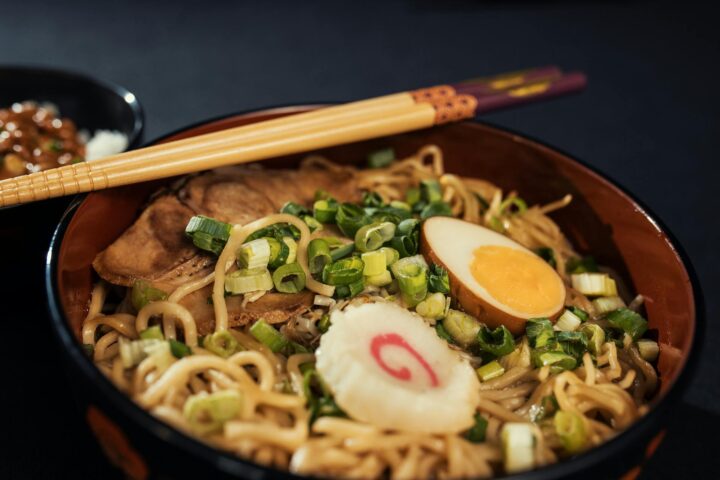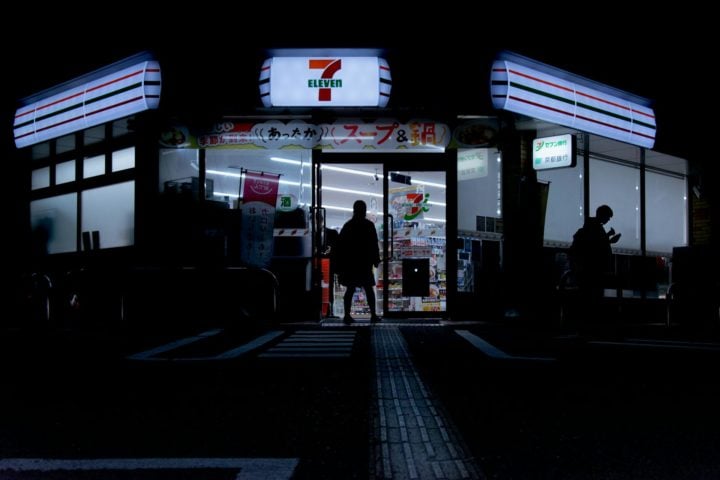Residents of a quiet rural prefecture awoke this week to find their umbrellas dissolving and their morning rice bowls tasting unexpectedly fiery. The culprit: a rupture in Japan’s newly constructed Tabasco Pipeline, which leaked thousands of liters of concentrated hot sauce into the atmosphere, resulting in what meteorologists are calling the nation’s first “Capsaicin Precipitation Event.”
The Pipeline Nobody Asked For
The Tabasco Pipeline was originally designed to transport imported hot sauce from coastal ports to inland condiment distribution centers. Officials justified the project as a “strategic condiment corridor,” though critics warned of “inevitable spice-related disasters.”
“We planned for earthquakes, typhoons, even wasabi sabotage,” said one engineer. “But we didn’t anticipate the sky itself becoming spicy.”
The pipeline’s construction was quietly approved under the Ministry of Culinary Infrastructure, a bureau many residents didn’t know existed until this week.
When It Rains, It Burns
The leak atomized into the atmosphere, mixing with seasonal rainclouds. By dawn, droplets of diluted Tabasco were falling across rice paddies, schoolyards, and convenience store parking lots. Local farmers reported that their crops now “smell like nachos,” while schoolchildren described the rainfall as “like being baptized in salsa.”
One resident claimed his koi pond had transformed into “a living bowl of ceviche.” Another reported that his scarecrow “now looks permanently alarmed.”
Voices from the Prefecture
Tokyo Tof Tribune spoke with several residents enduring the spicy downpour:
- Mrs. Honda, 68, rice farmer:
“My fields are glowing red. The rice may taste like tacos this year. I don’t know if that’s a blessing or a curse.” - High school student, 16:
“We tried to play soccer, but the ball kept slipping out of our hands. Also, my eyes are still crying Tabasco.” - Convenience store clerk, 34:
“Sales of milk tripled overnight. People are drinking it in the parking lot like emergency medicine.”
Emergency Response
Authorities distributed goggles, milk cartons, and complimentary slices of bread to affected households. The Prefectural Disaster Office issued a Level 3 advisory, urging residents to “avoid licking surfaces” and “refrain from outdoor karaoke until further notice.”
Meanwhile, the Ministry of Agriculture is investigating whether the incident qualifies as “accidental marination” under food safety law. Officials admitted they had no existing category for “rain that doubles as a condiment.”
Government Compensation: The “Spice Allowance”
In a press conference, the governor announced a relief package that baffled residents:
- A monthly “Spice Allowance” of 3,000 yen per household to offset the cost of milk and yogurt.
- Capsaicin Points, redeemable for discounts on fire extinguishers and eye drops.
- A pilot program offering “heat-neutralizing umbrellas” lined with cucumber extract.
“We cannot stop the rain,” the governor said, “but we can subsidize the suffering.” Critics argue that the allowance is “symbolic at best, lactose-heavy at worst.”
Economic Fallout
Convenience stores reported a sudden surge in sales of yogurt drinks and ice cream, while umbrella manufacturers scrambled to market “capsaicin-resistant” models. The Hot Sauce Corporation issued a statement expressing “deep regret” but also noting that “brand awareness in Japan has never been higher.”
Local tourism boards are already considering rebranding the prefecture as “Japan’s Spiciest Destination.”
Dr. Shigeo Kato, Professor of Ambient Cognition and Condiment Ethics, warned of long-term psychological effects: “When the sky itself becomes spicy, the boundary between seasoning and environment collapses. People may never trust rain again.” He added that the government’s “Spice Allowance” risks normalizing condiment weather as a recurring phenomenon.




